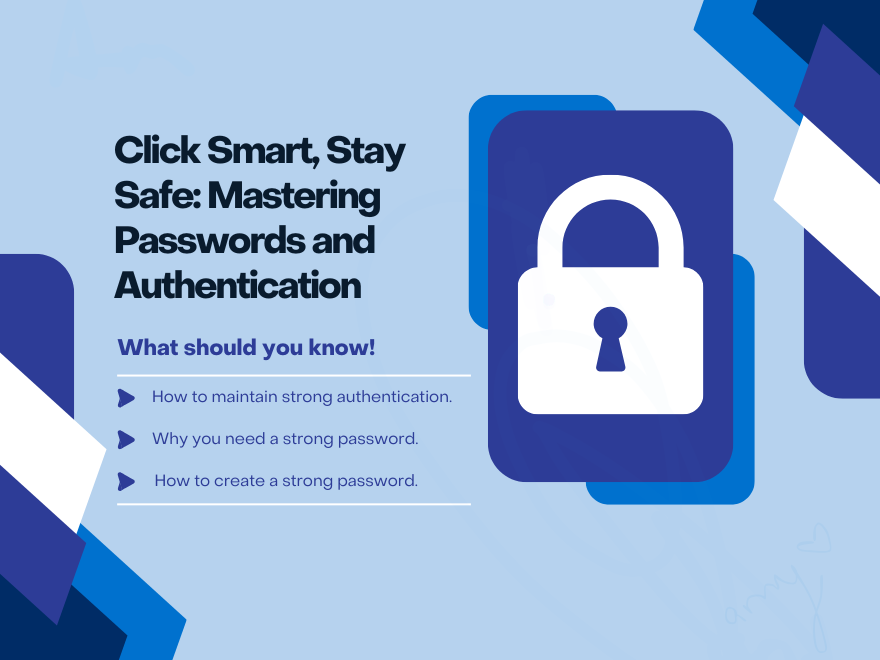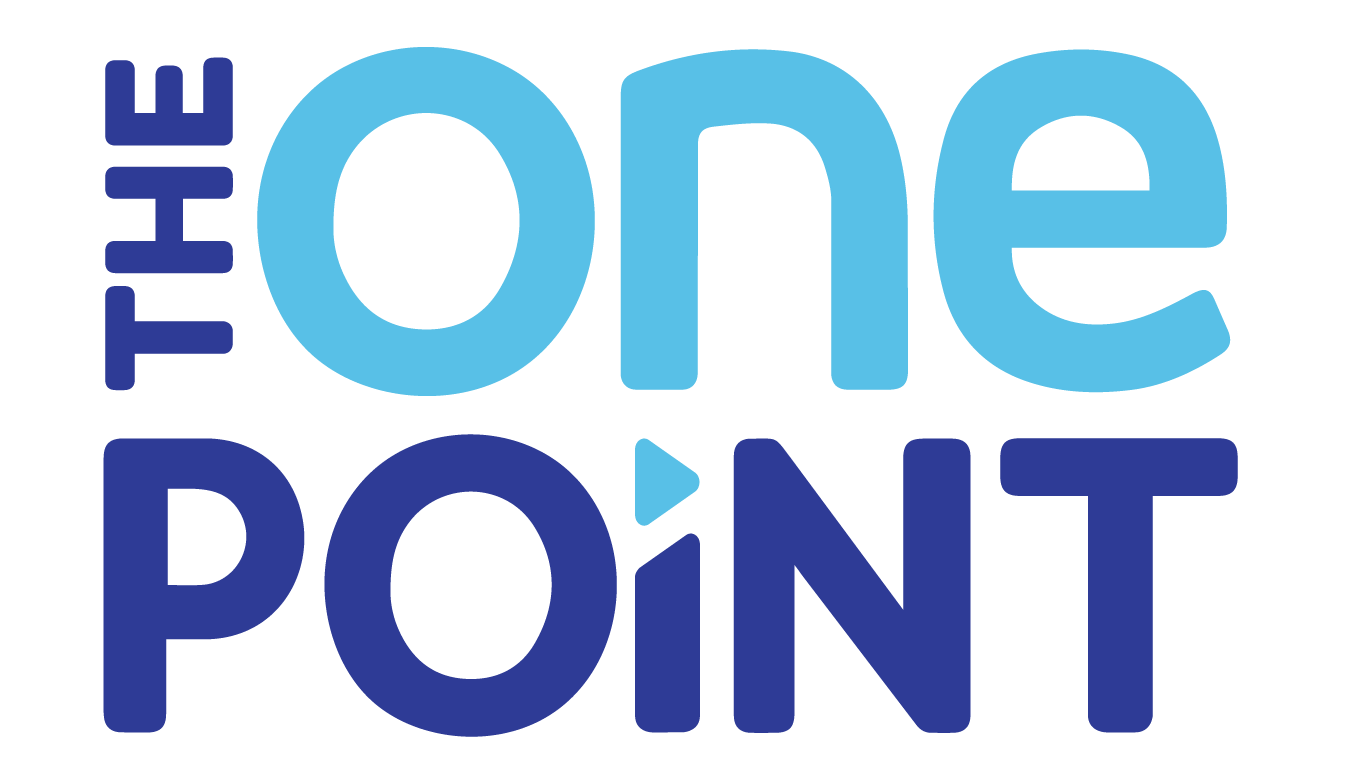
Click Smart, Stay Safe: Mastering Passwords and Authentication
In today’s hyper-connected world, digital security is more important than ever. Whether you’re checking your bank account, managing social media, or logging into work systems, your online identity is constantly at risk. One of the most effective ways to protect yourself from cybercrime is by using strong passwords and robust authentication methods.
Why Are Strong Passwords and Authentication So Important?
Your password is often the only thing standing between a hacker and your most sensitive information. Weak or reused passwords are like leaving your front door unlocked in a bad neighbourhood — it’s only a matter of time before someone tries to walk in.
Strong passwords serve as your first line of defence. They help keep your personal, financial, and professional data safe from cybercriminals who use advanced techniques, such as brute-force attacks or social engineering, to break into your accounts.
Authentication, on the other hand, is the process of confirming your identity when you try to access a system or service. Together with strong passwords, effective authentication methods ensure that only authorised individuals can access your accounts and devices. This minimises the risk of unauthorised access, data breaches, and identity theft.
Tips for Creating Strong Passwords That Work
When creating passwords, think beyond simplicity. A good password should be strong enough to resist automated attacks and unpredictable enough to stump even the most determined hacker.
Here’s how to build a strong password:
- Length Matters: Aim for at least 12–16 characters. The longer the password, the harder it is to crack.
- Use a Mix of Characters: Combine uppercase and lowercase letters, numbers, and special characters (e.g.,!, @, #, $).
- Avoid Predictability: Stay away from names, birthdates, dictionary words, or common phrases.
- Each Account Deserves Its Own Password: Never reuse passwords across multiple sites or services. If one account is compromised, others won’t fall like dominoes.
What to Avoid When Creating Passwords
Even if a password seems strong, specific patterns make it easier for hackers to guess. Avoid:
- Common words or names (like “football” or “Jessica”)
- Sequential numbers or letters (like “123456” or “Abcde”)
- Keyboard patterns (like “qwerty” or “asdfgh”)
- Any variation of the word “password” (e.g., “Password1”, “P@ssw0rd”)
Strengthen Security with Smart Authentication Practices
Strong passwords are essential, but even they can be compromised. That’s why it’s crucial to support them with strong authentication strategies.
Keep Your Devices and Apps Secure:
- Always install the latest software updates and security patches to ensure optimal system performance.
- Use reputable antivirus and anti-malware software.
- Protect your devices with screen locks — PINs, passwords, or biometrics, such as fingerprint or facial recognition.
Enable Multi-Factor Authentication (MFA):
Multi-factor authentication adds an extra security checkpoint, making it much harder for attackers to gain access. MFA typically involves:
- Something you know – your password
- Something you have – a code sent to your phone or a physical token
- Something you are – biometrics like a fingerprint or facial scan
MFA drastically reduces the risk of unauthorised access, even if your password is stolen or guessed. Whenever possible, turn it on — especially for email, financial accounts, and cloud services.
